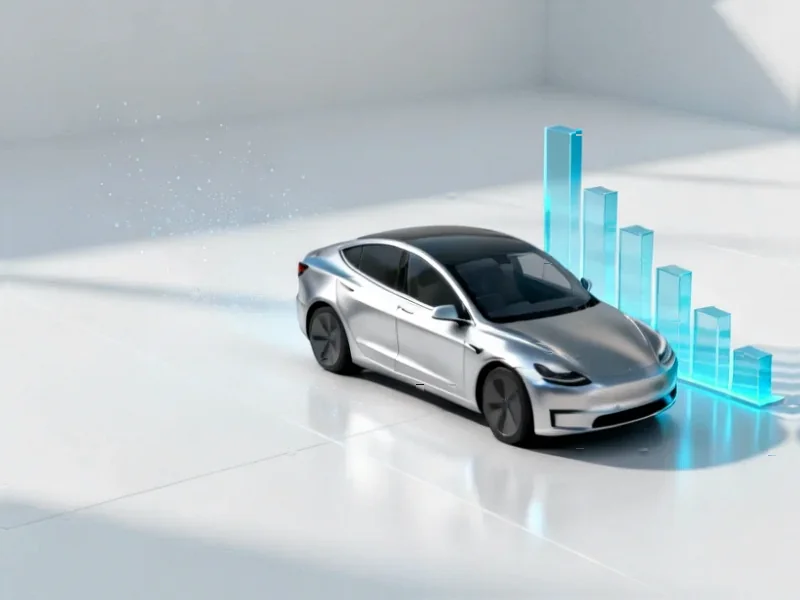From Vegetarian to Omnivore Power
Arbor Energy, founded by former SpaceX engineers, is reportedly shifting its carbon-capture power plant technology toward what industry observers are calling an “omnivore” approach. According to recent reports, the company’s systems will now burn natural gas alongside the biomass they were originally designed to process.
Table of Contents
The strategic pivot comes as electricity demand from data centers has exploded, particularly with the AI computing boom creating unprecedented power needs. While Arbor’s original biomass-only design could technically power AI servers, sources suggest its geographic reach would have been limited by the availability of wood and agricultural waste. Natural gas, by contrast, offers much wider distribution across potential deployment sites.
Funding and Carbon Capture Economics
Building on this strategic shift, Arbor has reportedly closed a $55 million Series A funding round led by Lowercarbon Capital and Voyager Ventures. The substantial investment suggests confidence in the company’s adapted approach despite the move toward fossil fuel compatibility.
Notably, the company maintains it will continue capturing carbon dioxide from whatever fuel source it burns. Arbor’s technology uses oxy-combustion, which transforms hydrocarbons into syngas and burns it in pure oxygen, producing CO₂ that requires minimal preparation for sequestration. According to company statements, tax credits actually make storing the CO₂ cheaper than releasing it into the atmosphere.
A spokesperson indicated Arbor doesn’t plan to sell its technology to businesses that won’t capture the carbon for use or sequestration. This commitment to carbon management appears central to the company’s climate strategy, even as it expands fuel options.
The Methane Challenge
Industry analysts note that carbon dioxide capture alone doesn’t address the full climate impact of natural gas combustion. The main component of natural gas is methane, which sources indicate generates 84 times more warming than carbon dioxide over 20 years.
Recent research suggests leakage rates as low as 0.2% in the natural gas supply chain could make the carbon footprint of gas-fired power equivalent to coal plants. Government estimates place overall oil and gas supply chain leakage around 1%, while satellite measurements show rates closer to 1.6% across the United States.
Arbor reportedly claims it’s working with natural gas providers certified for low leakage rates, with an ambitious goal of keeping the climate impact below 100 grams per kilowatt-hour of electricity generated.
Biomass Projects Continue
Despite the natural gas expansion, Arbor’s biomass projects haven’t been abandoned. The company confirmed it’s still building a biomass-burning power plant in Louisiana, partially funded by a $41 million agreement with Frontier—the advanced market commitment backed by Stripe, Google, and other tech giants.
Under that agreement, Arbor must remove 116,000 tons of carbon dioxide by 2030, representing a significant carbon removal commitment that predates the company’s fuel diversification strategy.
The dual-track approach suggests Arbor is positioning itself as a flexible carbon-management energy provider rather than strictly a biomass specialist. As one industry observer noted, the company appears to be adapting to market realities while maintaining its core carbon capture technology—a pragmatic evolution for a startup navigating the complex energy transition landscape.
Related Articles You May Find Interesting
- Researchers Apply Darwinian Evolution to Catalyst Development
- Scientists Engineer Living Computers with Three-Input Genetic Circuits
- SHJ Solar Modules Break Efficiency Records with 25.44% Certified Performance
- Google to Add Native Color Picker Tool in Android 17 Update
- Mitsubishi Electric Launches Real-Time Machine Monitoring Adapter for C70 Platform



